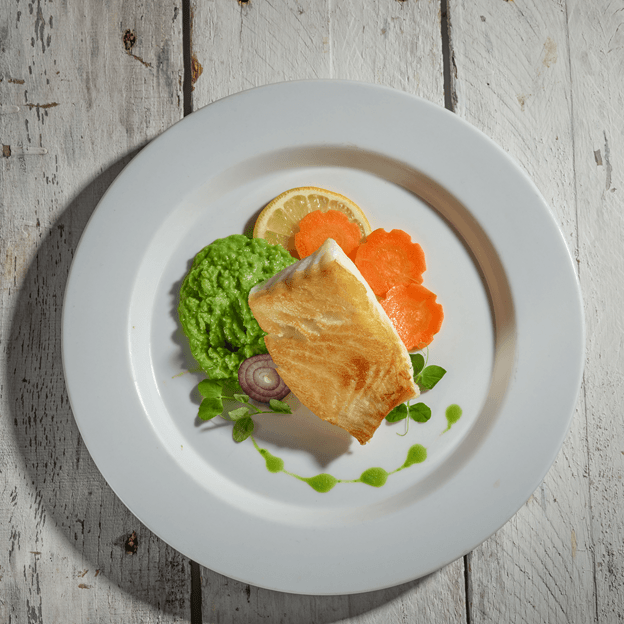Seafood has been long known as a healthy choice of protein that also provides beneficial fatty acids. Unfortunately, almost 90% of Americans do not meet the recommendation for seafood.
Since 1980, the USDA has been evaluating food choices and publishing recommendations for the dietary guidelines of Americans. In its ninth edition, the Dietary Guidelines for Americans 2020-205, includes suggestions through stages of life, from birth to adulthood.
The guidelines state that iron-rich foods, including seafood and meat, should be introduced into an infant’s diet starting at about 6 months old. The importance of iron is to support neurologic development and immune function. Additionally, the essential omega-3 and omega-6 fatty acids found in seafood, nuts, and oils, are necessary for rapid brain development in an infant’s first two years.
Toodlers, ages 12-23 months, should eat 2-3 ounces of seafood per week. Children, ages 2-8, should eat 2-8 ounces of seafood per week. However, seafood and whole grains are two food groups not commonly consumed by youth.
As we age, our seafood intake should increase. Adolescents, ages 9-13, should consume 6-10 ounces of seafood per week. Adolescents from age 14 and adults should ingest 8-10 ounces of seafood per week. This includes 8-12 ounces of seafood per week for women who are pregnant or breastfeeding. Consumption of seafood while pregnant is associated with favorable measures of cognitive development in young children. The iron in seafood and meat is a key nutrient during pregnancy needed to support fetal development. Iron deficiency impacts 1 in 10 women who are pregnant. Chlorine is another key nutrient that can be found in seafood and helps support the growth and development of the baby’s brain and spinal cord.
Seafood provides a variety of key nutrients, including omega-3, omega-6, iron, iodine, and choline. Seafood Is a great while pregnant, but also in your everyday life! Seafood consumption may help promote bone health, decrease the risk of colon and rectal cancers, and decrease the risk of obesity. Eat more seafood!
Sources:
U.S. Department of Agriculture and U.S. Department of Health and Human Services. Dietary Guidelines for Americans, 2020-2025. 9th Edition. December 2020. Available at DietaryGuidelines.gov.
Month: April 2022
Fish Accompaniments
Fish can be intimidating to cook! However once you start, you’ll quickly learn fish is the perfect canvas for a healthy, protein-packed meal that easily absorbs the flavors and scents surrounding it! Fish pairs swimmingly with garlic, lemon, and herbs. Dill, parsley, thyme, rosemary, and chives are all common couplings. Dress up your fish with even more pizazz by topping it with a pesto or a spicy or fruity sauce! Add pops of color, to the plate with tomatoes, olives, or sprigs of herbs! Plate your fish beside a side of vegetables for an even healthier, colorful finish!

